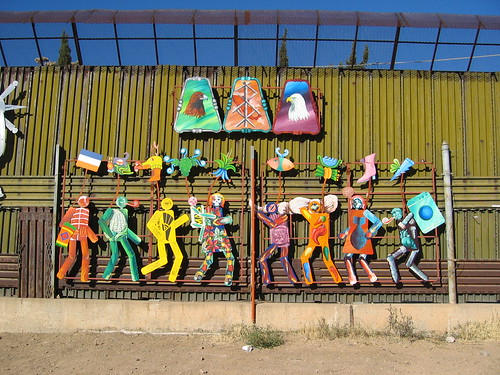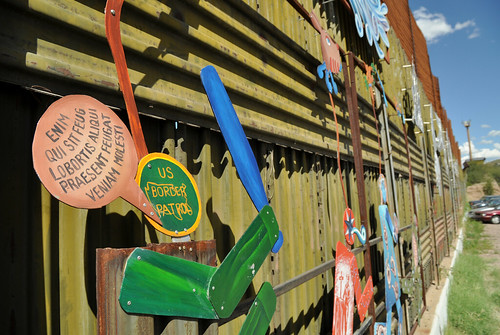Abul-Qacem Echebbi
Aboul-Qacem Echebbi (Arabic: أبو القاسم الشابي Abū al-Qāsim ash-Shābbī) (24 February 1909 - 9 October 1934) was a Tunisian poet. He is probably best known for writing the final two verses of the current National Anthem of Tunisia, Humat al-Hima (Defenders of the Homeland), that was written originally by the Egyptian poet Mustafa Sadik el-Rafii.
Echebbi was born in Tozeur, Tunisia, on 24 February 1909, the son of a judge. He obtained his attatoui diploma in 1928. In 1930, he obtained a law diploma from the University of Ez-Zitouna. The same year, he married and subsequently had two sons, Mohamed Sadok, who became a colonel in the Tunisian army, and Jelal, who later became an engineer.
He was very interested in modern literature, in particular, translated romantic literature, as well as old Arab literature. His poetic talent manifested itself at an early age and this poetry covered numerous topics, from the description of nature to patriotism. His poems appeared in the most prestigious Tunisian and Middle-Eastern reviews. His poem To the tyrants of the world became a popular slogan chant during the 2011 Tunisian and subsequently Egyptian demonstrations.[1]
Echebbi died on 9 October 1934 at the Habib-Thameur Hospital in Tunis, Tunisia following a long history of cardiac disorders. His portrait is on the current 30 DT note.




























